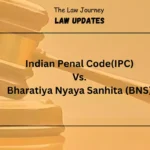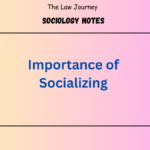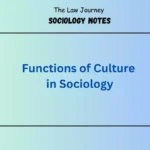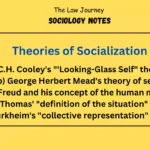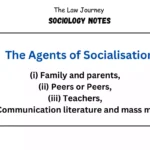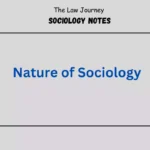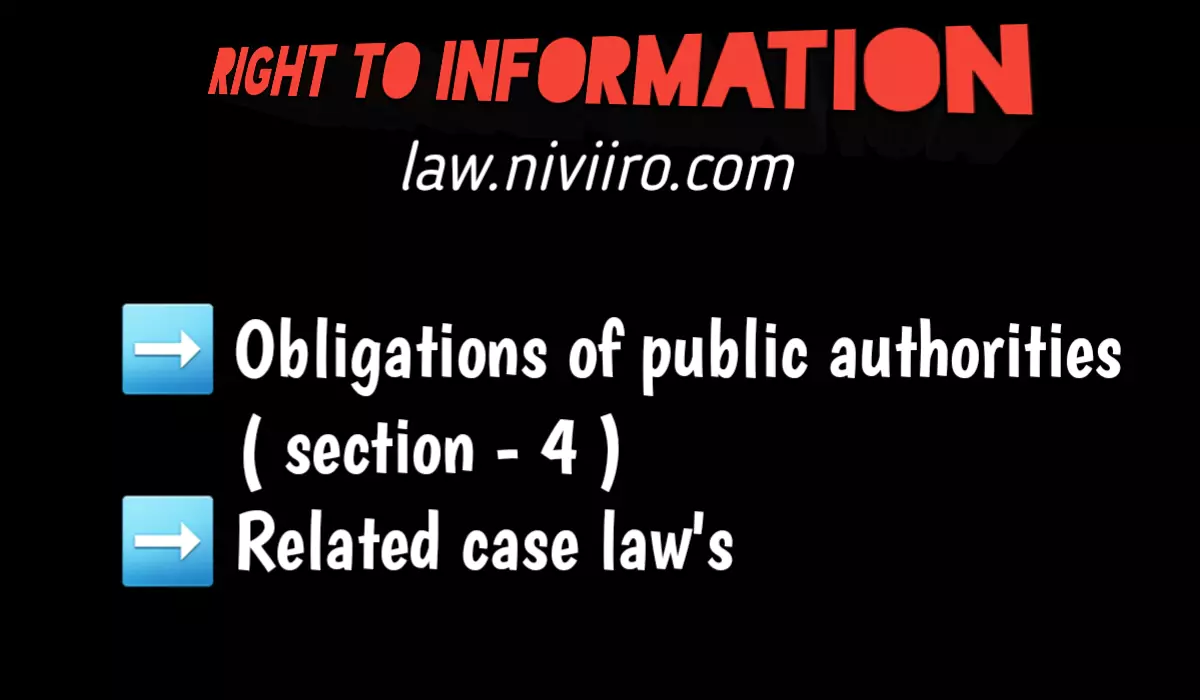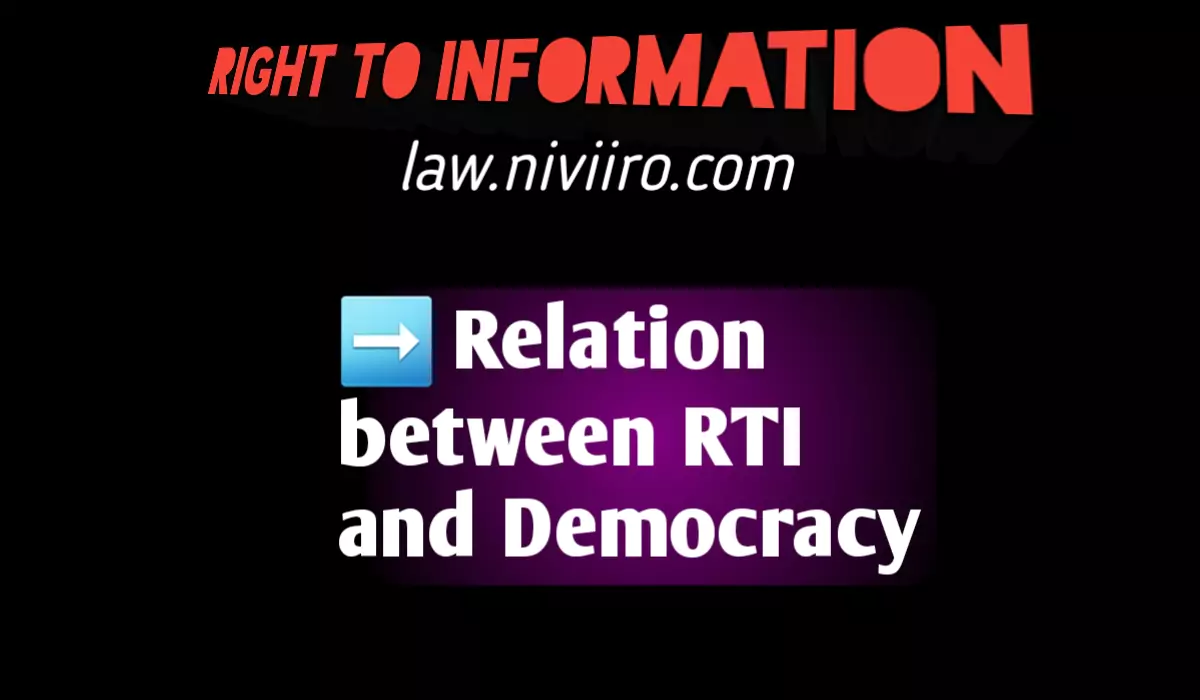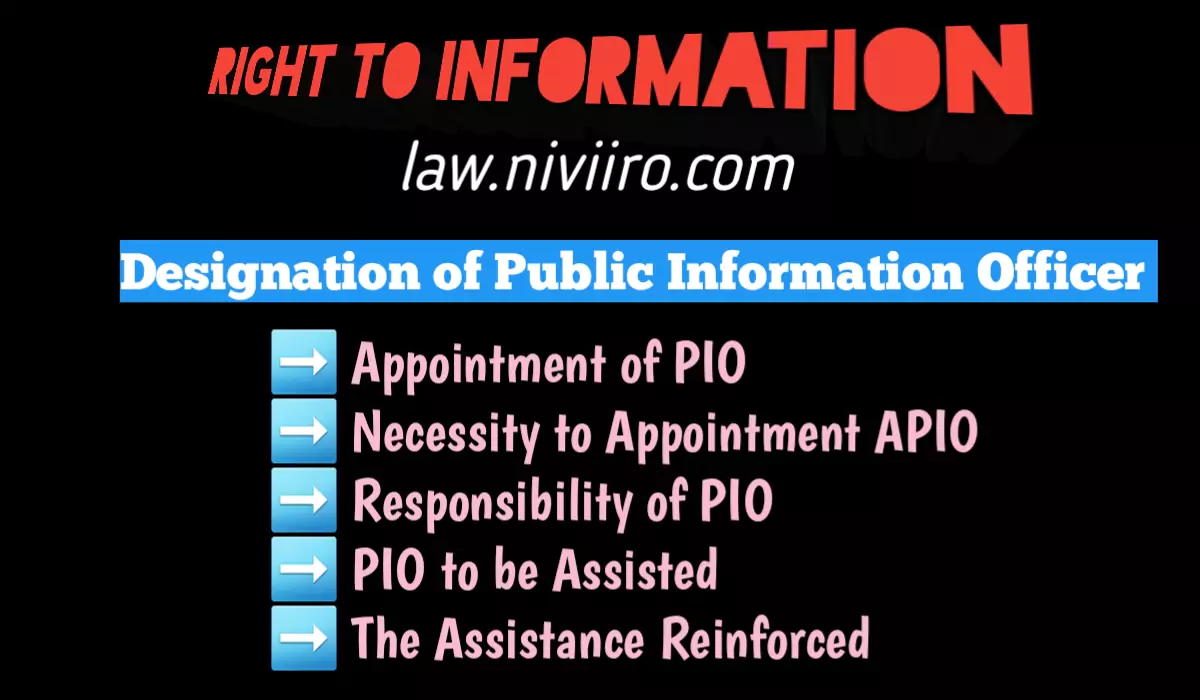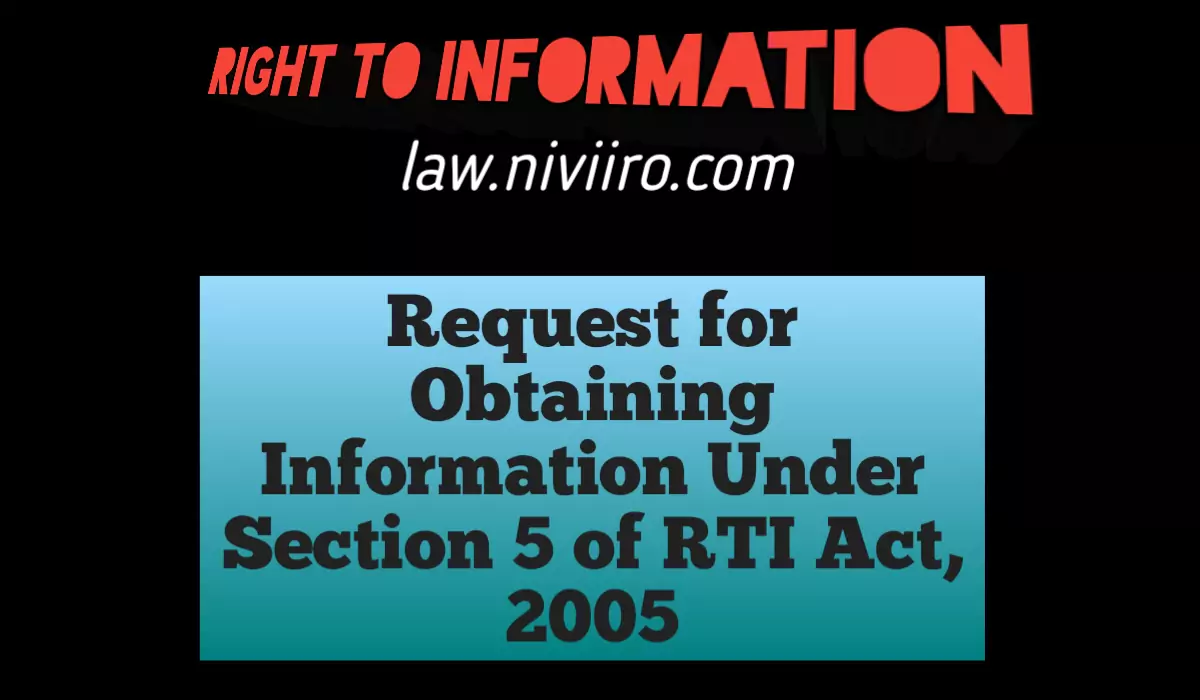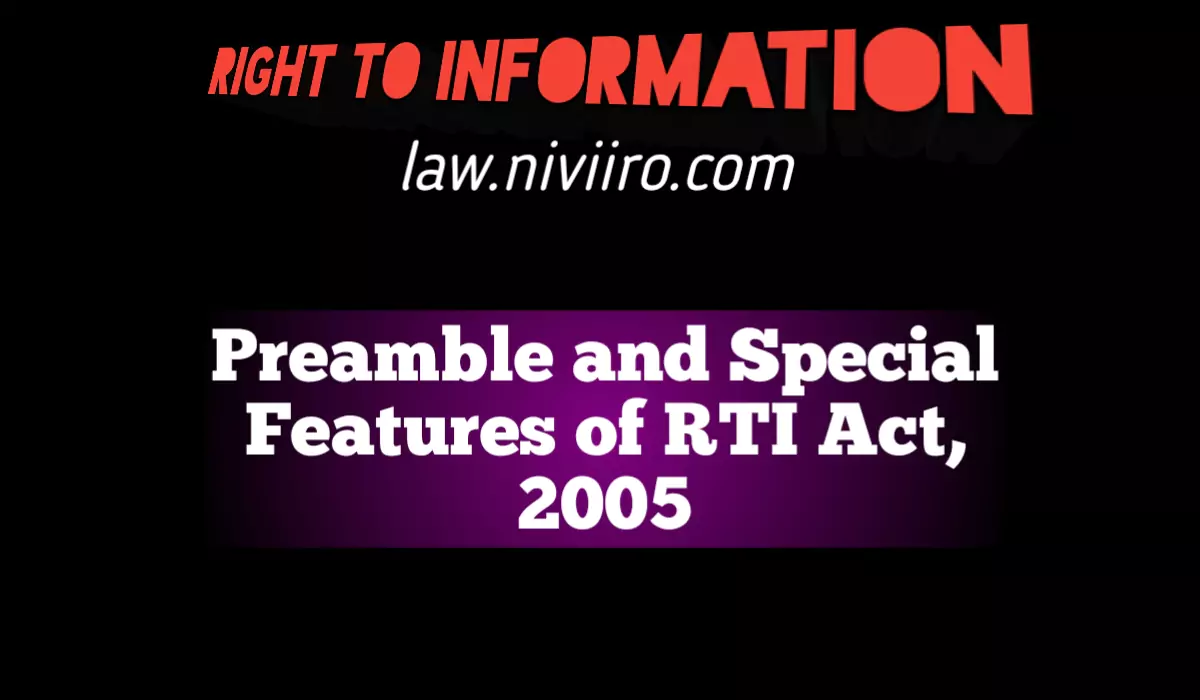Introduction
Obligations of Public Authorities Under RTI Act, Under Section 4 of the Right to Information Act, 2005 provisions related to the obligations of public authorities have been made. Canara Bank v. Central Information Commission (2008(2) C.L.J. 420) The obligation described under Section 4 of the Right to Information Act 2005 is to be compulsorily complied by a public authority without any request from a person for self-determination. In order to enforce the right to information in section 4, the public authorities have been subjected to these obligations that ;
Obligations of Public Authorities Under RTI Act
Followings are the Obligations of Public Authorities Under Section 4 of RTI act,2005 :
(1) Every public authority shall –
(a) maintain all its records duly catalogued and indexed in a manner and the form which facilitates the right to information under this Act and ensure that all records that are appropriate to be computerized are, within a reasonable time and subject to availability of resources, computerized and connected through a network all over the country on different systems so that access to such records is facilitated;
AN ATTEMPT TO MAKE THE RIGHT VIABLE
This section specifies the requirements for successfully enforcing the right to information. Because successful access and distribution of information are directly proportional to effective record preservation and administration, the Act preempts this in this specific section. It directs the public authority to categorise and index the record in order to assist the right envisioned by the Act. The public authority’s record cannot be accessed effectively unless it is kept in a systematic and ordered manner. As a result, it must be prepared, categorised, and indexed so that the required document can be found quickly.
In addition, the Act demands record computerization. With the introduction of information technology, computerization has become an effective and efficient method of storing available data. When used correctly, a computer click produces the desired information.
As a result, the Act requires the public authority to accomplish this within the scope of available resources and within a fair time frame. It does not specify a time limit, but it is subject to the capacity and capability of the government. To make the right to information truly effective, it is also necessary to establish a unified network throughout the country so that any information may be retrieved from any location.
Thus the vision and imagination behind the right provided under the Act has been specified in this sub-section. It is an introduction to the background and the edifice on which the effectiveness of the Act has to be based.
(b) publish within one hundred and twenty days from the enactment of this Act,
(i) the particulars of its organization, functions and duties;
(ii) the powers and duties of its officers and employees;
(iii) the procedure followed in the decision making process, including channels of supervision and accountability:
(iv) the norms set by it for the discharge of its functions;
(v) the rules, regulations, instructions, manuals and records, held by it or under its control or used by its employees for discharging its functions;
(vi) a statement of the categories of documents that are held by it or under its control;
(vii) the particulars of any arrangement that exists for consultation with, or representation by, the members of the public in relation to the formulation of its policy or implementation thereof;
(viii) a statement of boards, councils, committees and other bodies consisting of two or more persons constituted as its part or for the purpose of its advice, and as to whether meetings of those boards, councils, committees and other bodies are open to the public, or the minutes of such meetings are accessible for public
(ix) a directory of its officers and employees;
(x) the monthly remuneration received by each of its officers and employees, including the system of compensation as provided in its regulations;
(xi) the budget allocated to each of its agency, indicating the particulars of all plans, proposed expenditures and reports on disbursements made;
(xii) the manner of execution of subsidy programmes, including the amounts allocated and the details of beneficiaries of such programmes:
(xiii) particulars of recipients of concessions, permits or authorizations granted by it;
(xiv) details in respect of the information, available to or held by it, reduced in an electronic form;
(xv) the particulars of facilities available to citizens for obtaining information, including the working hours of a library or reading room, if maintained for public use;
(xvi) the names, designations and other particulars of the Public information Officers;
(xvii) such other information as may be prescribed; and thereafter update these publications every year;
THE SUO MOTU DISCLOSURE
This sub-section establishes a time restriction of 120 days for specific material to be provided on its own initiative at the level of the Public Authority. This is about general information on how an organisation operates. The components listed from I to (xvii) provide full information about the establishment, including procedures, duties, norms, regulations, documentation, and the drafting of policy statements.
Staffing patterns, compensation structures, money distribution, programmes, concessions, and permits are all examples of this. The current status of the record. The facilities provided to the public and beneficiaries, as well as the efforts taken to enforce the right to information, etc.
It denotes the comprehensive operation of such an organisation. Its purpose is primarily to provide residents with information, and precise details are made available to the public at large without any explicit request from an individual. Consequently, once such details are released, the main goal of the Act in terms of transparency is met to a large extent. Second, if such material is revealed within 120 days of the Act’s start, the suo motu revelation would assure the Act’s effectiveness even in the absence of individual requests.
Once the broad information regarding each public authority is divulged, further minute details if required, may be obtained through the procedure prescribed under the Act. It would enable the citizens to understand the broad functioning and they would be able to decide the exact nature and form of information further required by them under the Act.
(c) publish all relevant facts while formulating important policies or announcing the decisions which affect public;
CONSCIOUS AND CONCERTED DISSEMINATION
This is done to ensure policymaking transparency. While developing key policies and decisions affecting the public at large, the public authority is expected to publicise all relevant facts. People have the right to know the reasons, necessity, and justification for each action or policy that directly affects them.
The interests driving such policies must be disclosed to the public in a democratic setting so that the public can draw a clear balance sheet of such policies. If done honestly, it will strengthen people’s trust in the functioning of public authorities, and to some extent, public approval and support for such policies will be generated. Yet, this is only achievable if an honest attempt is made exclusively in the public interest, not if committed judgements are made for political or other reasons other than the public interest.
(d) provide reasons for its administrative or quasi-judicial decisions to affected persons.
DISCLOSURE OF REASONS FOR DECISION-MAKING
Individuals must have access to administrative or quasi-judicial decisions that impact them. It would be against natural justice principles if those affected were not given the opportunity to grasp the reasons and logic behind such decisions. As a result, the reasons for such decisions must be communicated to those who will be affected. If these explanations are disclosed on a regular basis, the extra effort to learn them under the right to information would be avoided, and the authority’s credibility would be increased.
(2) Suo Motu Disclosure Reiterated | Obligations of Public Authorities Under RTI Act
(2) It shall be a constant endeavour of every public authority to take steps in accordance with the requirements of clause (b) of sub-section (1) to provide as much information suo motu to the public at regular intervals through various means of communications including internet, so that the public have minimum resort to the use of this Act to obtain information.
It reinforces Section 4 (1) (brequirement )’s for constant updating and incorporation of new data. Subsection (1) (b) exercise is not a one-time task. It is primarily intended to present the public with a continuous and spontaneous image of the public authority.
It must be updated on the fly at regular intervals and made available to the public via all available channels, including the internet. The primary goal of this activity is to enable people to know everything without exerting any effort on an individual level. If this is done, the requirement to invoke the Act’s provisions will be proportionally decreased.
(3) Easy Accessibility To Be Ensured | Obligations of Public Authorities Under RTI Act
(3) For the purpose of sub-section (1), every information shall be disseminated widely and in such form and manner which is easily accessible to the public.
To make the information to be disclosed under sub section (1) more people oriented, the Act mandates to disseminate it in such form and manner as to bring it within the easy reach of the people. It stresses upon the practical implication of the process. The means of communication of this information should be determined as per the standards of accessibility.
If a particular mode is not within the easy reach of the people, it would be a useless exercise to that extent. If for example, the information is released on internet, it may be useful in the urban areas where this facility is available, but it may not be of much use for the rural people where such facility is absent. In such areas other modes like newspapers, notice-boards, paper-posters and public announcements could be useful.”
(4) Cost Effectiveness And The Most Effective Method Of Communication In Local Language To Be Adopted
(4) All materials shall be disseminated taking into consideration the cost effectiveness, local language and the most effective method of communication in that local area and the information should be easily accessible, to the extent possible in electronic format with the Central Public Information Officer or State Public Information Officer, as the case may be, available free or at such cost of the medium or the print cost price as may be prescribed.
Explanation; For the purpose of sub-sections (3) and (4), “disseminated” means making known or communicated the information to the public through notice boards, newspapers, public announcements, media broadcasts, the internet or any other means, including inspection of offices of any public authority.
It is an extended form of the preceding sub-section. While disseminating the material to the people, efforts should be made to get it published in the language of the people. The language which is commonly understood by the people would only be able to communicate properly to extend the benefit to the maximum number of people. Apart from it, it should be in a cost-effective mode also which could be easily manageable.
The use of electronic modes like CD’s, Floppies and pen drives etc may be widely made in this connection. The information may be stored in these electronic formats and the same may be readily available with the concerned public information officer. Either a nominal price may be fixed or it may be provided free of cost depending upon the resources of the concerned public authority.
The entire effort put forth under Section 4 is to create an atmosphere and develop a mindset and a culture which may generate a public awakening regarding this newly enacted right. Keeping in view the socio-economic conditions of the country, a mass awakening to the right to information has to be created and generated through concerted efforts.
The common citizen of the country cannot be expected to enjoy this right through the provisions of the Act. It is because of the fact that a selective class of people has the reasons and the mindset to resort to the legal provision envisaged under the Act. Therefore, if the suo motu efforts for dissemination of information are not made, a heavy majority of Indian people would remain away from the benefits of this Act. That is why the Act contains a detailed list of particulars to be suo motu disseminated by the public authorities under Section 4(1) (b).
It will not only inform and educate the people but it will also generate a mass movement of information. Thus while acting under these provisions the public authorities have to be extra cautious and careful about the net impact of this exercise and it may not be allowed to be reduced to a mere paper formality. The information to be disseminated under this section has to be useful and purposeful and it must have an impact on the common psyche to generate a mass awareness. Only a sincere and dedicated effort at the level of the pubic authority would bring the desired results and impact.
Related Case Laws | Obligations of Public Authorities Under RTI Act
In the matter of State Consumer Disputes Redressal Commission v. Uttarakhand State Information Commission (A.I.R. 2009 Uttarakhand 55 Page 61), it was held that the public authority will give maximum information on suo motu. Information will be updated from time to timė by various means of communication, including the Internet, so that people have to take minimum support of this act to get information.
In the matter of Bhaskar Rao Shankar Rao Kulkarni v. State Information Commissioner, Nagpur (A.I.R. 2009 Bom. 163 Page 165) in this case, where the public trust is not established by law passed by Parliament under the Constitution of India or by any law of the state legislature or under any notice issued by the appropriate government and is not substantially controlled or financed by the government nor by the government and nor the funded NGO or the trust receives any suuscription from the government, will not come in the definition of public authority.
If a person is interested in the information of the Trust, then he. can definitely give an application to the Commissioner under th Public Trust Act. The former commissioner may give the information which he considers appropriate. The Public Trust is not required to appoint any information officer under the Right to Information Act and accept the application.
Related Post | Obligations of Public Authorities Under RTI Act
- Central Information Commission | Composition | Term | Removal
- State Information Commission | Composition | Term and service | Removal
- Third Party Information Under RTI Act, 2005
- Powers and functions of the Central Information Commission and State Information Commission
- Preamble and Special Features of RTI Act, 2005
- Relation between RTI and democracy
References | Obligations of Public Authorities Under RTI Act
- Right to Information by K. B. Rai, 2020
- The RTI Story: Power to the People by Aruna Roy, 2018
- Commentary on The Right to Information Act by J. N. Barowalia, 2010
- Right To Information Law & Practice by R. K. Verma, 2010

